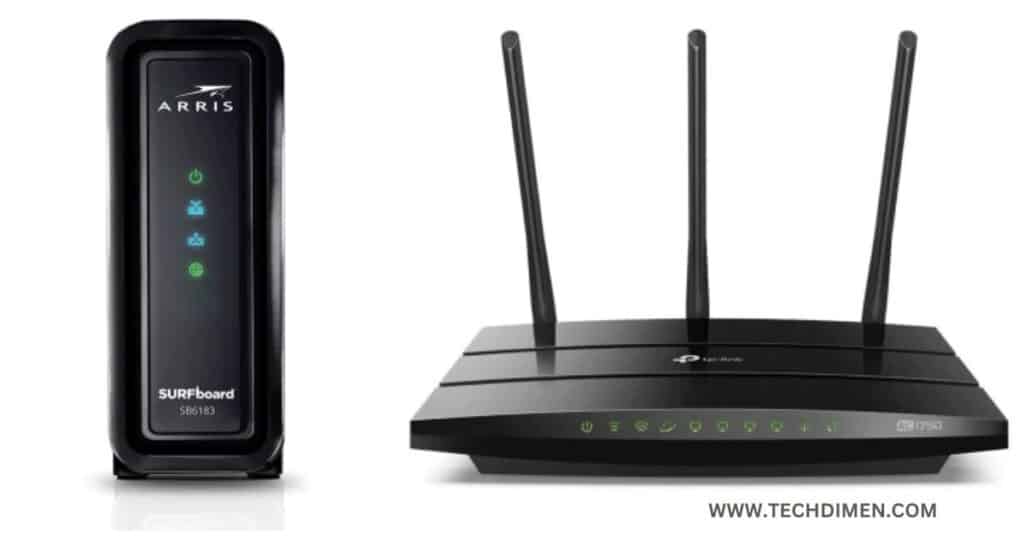When someone asks, “How long is 50 meters?”, the answer can feel abstract without real world examples. In the world of technology, understanding physical distances like 50 meters is essential for various applications, from wireless signal range to device connectivity. Understanding 50 meters through familiar objects and scenarios makes it much easier to visualize. Whether you’re measuring for sports, construction, or personal reference, this guide offers in-depth explanations and visualizations of 50 meters to bring this measurement to life.
What Is 50 Meters in Feet and Other Units?
Before diving into real-world examples, it’s helpful to know how 50 meters translates into other common units of measurement. Understanding these conversions makes it easier to move between metric and imperial systems.
- 50 meters to feet: Approximately 164 feet.
- 50 meters to yards: Roughly 55 yards.
- 50 meters in kilometers: Exactly 0.05 kilometers.
Knowing these conversions is useful when switching between the metric system and imperial measurements.
Visualizing 50 Meters in Technology
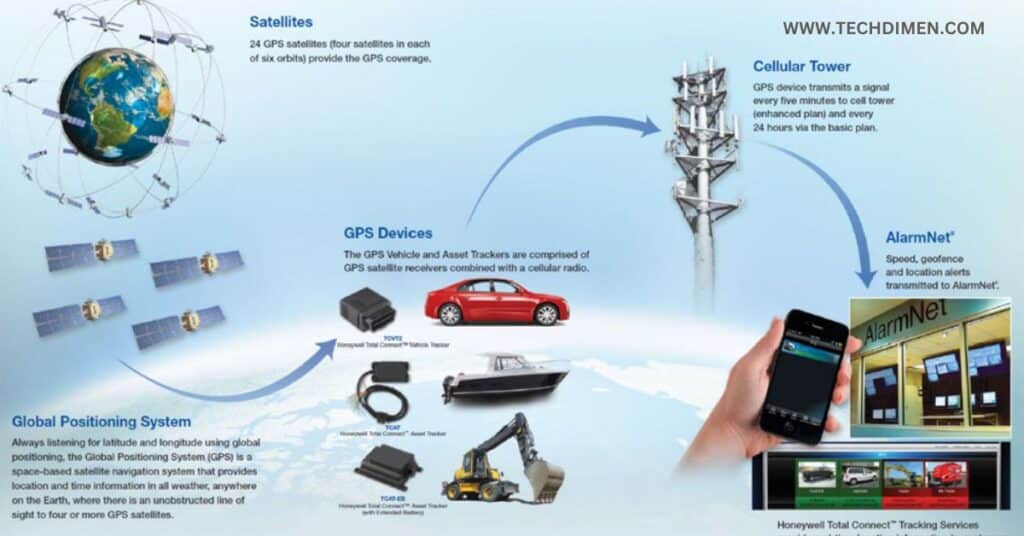
Wireless Network Range
In technology, 50 meters is a significant distance, especially when dealing with wireless network coverage. For example, in a Wi-Fi network setup, many routers have a coverage range of approximately 50 meters in open areas. Understanding this distance helps you plan for network placement and ensure optimal signal strength throughout a home or office.
A Wi-Fi extender or mesh network system is often used to boost the signal and increase coverage beyond 50 meters in larger spaces, ensuring reliable connectivity across more significant areas.
Bluetooth Device Range
Bluetooth technology is another area where understanding the range of 50 meters comes into play. While most Bluetooth devices have a typical range of about 10 meters (Class 2), certain high-power Bluetooth devices (Class 1) can reach up to 50 meters in ideal conditions.
For example, Bluetooth speakers or headphones with a 50-meter range can function across an entire room or even between floors in some buildings, allowing for more mobility and flexibility in device usage.
GPS and Satellite Navigation
In the world of global positioning systems (GPS), 50 meters is a crucial measurement. GPS devices used in navigation, vehicle tracking, or outdoor adventures often have a margin of error in their readings. The typical accuracy of a consumer-grade GPS can range from 5 meters to 50 meters, depending on the quality of the device and environmental factors.
Understanding this range is important when working with navigation apps, logistics software, or location-based services, especially for precise route planning or asset tracking.
Smart Home Device Connectivity
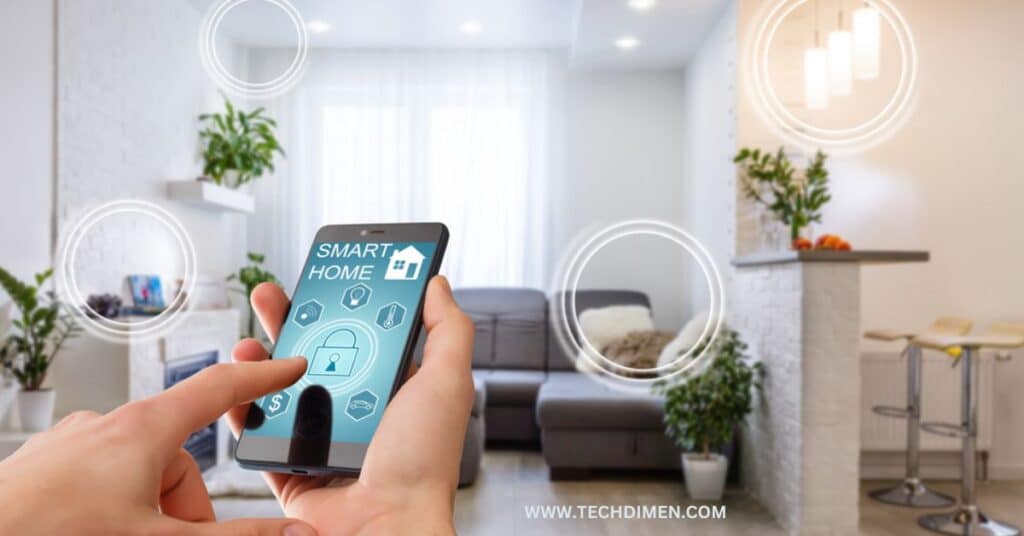
Many smart home devices, such as security cameras, smart locks, or motion sensors, rely on Bluetooth or Wi-Fi connectivity to communicate. The effective communication range of these devices can extend up to 50 meter, depending on the environment and the technology in use.
For example, a smart doorbell or camera system might offer a reliable connection within a 50-meter radius, allowing you to manage your home’s security from your mobile device, even if you’re at a distance.
5G and Cellular Networks
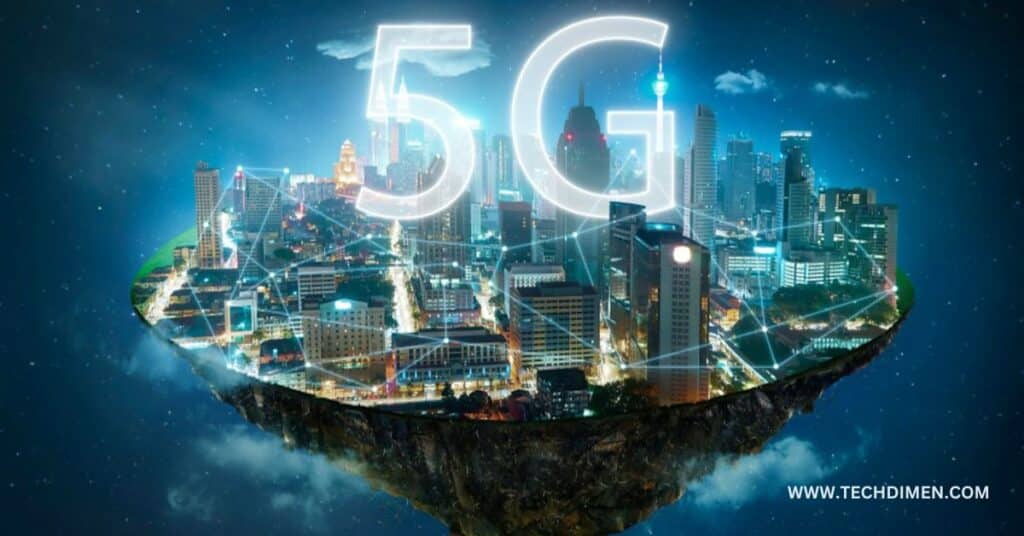
The 5G network is another area in which the measurement of 50 meter becomes significant. Although 5G signal range can vary, many 5G towers provide coverage over distances of about 50 meter or more in dense urban environments. The high-frequency bands used by 5G technology allow for faster data transfer speeds but require closer proximity to towers for optimal performance.
5G networks use small cells or high-density towers to ensure coverage, with each small cell providing coverage of up to 50 meters in highly populated areas. This is essential for ensuring high-speed connectivity in cities, even as users move between buildings and urban spaces.
Remote Control and IoT Devices
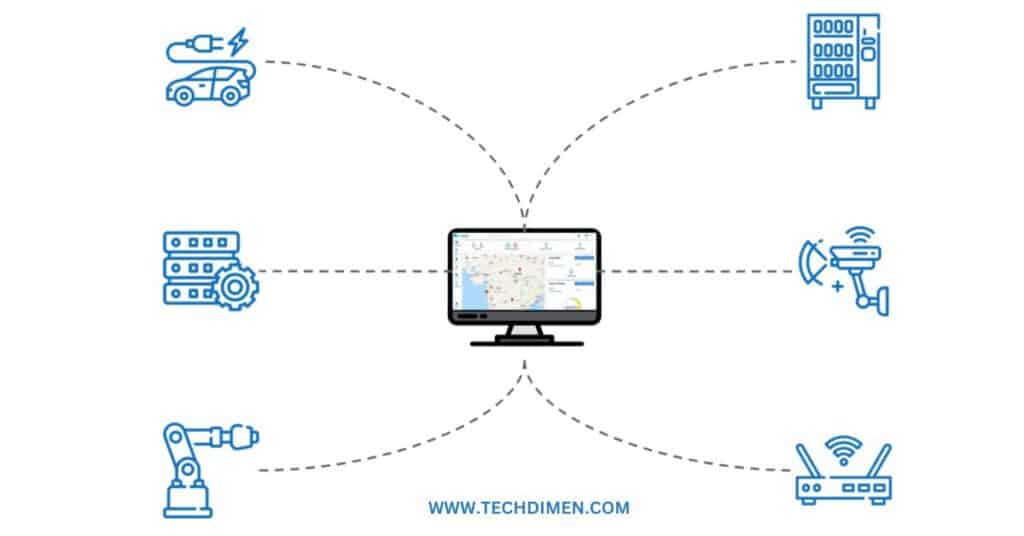
Many Internet of Things (IoT) devices rely on wireless communication to interact with each other or with a central control system. Remote-controlled drones, for example, often have a range of around 50 meters or more, depending on the model and environmental conditions. This range allows operators to control the device effectively without losing connection.
For other IoT devices, such as smart thermostats or remote light switches, 50 meters is a typical range for Bluetooth or Zigbee signals, ensuring they can operate seamlessly within a house or office space.
Augmented Reality (AR) and Virtual Reality (VR)
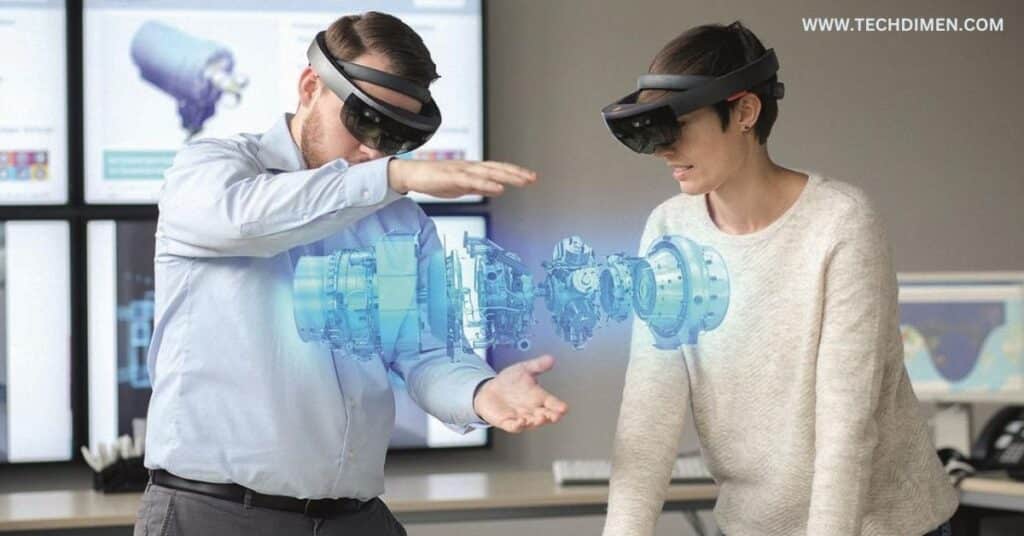
In the realm of AR and VR, 50 meters can be a crucial measurement for understanding how far users can interact with virtual environments. While AR and VR devices often operate within a more limited space, advancements in technology have allowed AR systems to function over greater distances.
For example, a VR game or training system might require players to stay within a 10-50 meter radius to ensure proper interaction with the virtual world. This range helps to ensure accurate tracking of the player’s movements and seamless gameplay.
Visualizing 50 Meters with Everyday Examples
Olympic Swimming Pool
One of the most accurate ways to visualize 50 meters is through the length of an Olympic swimming pool. An Olympic pool is designed to be exactly 50 meter long, making it the ideal example for this measurement.
Standing at one end of the pool and looking across to the other side can give you a clear picture of how long 50 meter is. When swimming, you’ll notice that completing one lap (from one end to the other) covers this exact distance. The pool’s length is the standard measurement for many competitive swimming events.
Half a Football Field
A typical American football field measures 100 yards or about 91.44 meters in length. Half of this field, excluding the end zones, is very close to 50 meter.
Imagine standing on the 50-yard line and looking down the field to the goal line. This gives you an idea of how long 50 meter is, as it represents half the length of a football field. Additionally, many soccer fields are about 50 meters wide, which serves as another comparison for understanding this distance.
30 Compact Cars
The length of a compact car typically ranges between 4 and 5 meters. When you line up 30 cars bumper-to-bumper, you achieve a total length of approximately 50 meter.
Picture this on a busy street, with cars parked in a long line. This visualization can help you better understand how long 50 meter is. The next time you’re in a parking lot, think of the space taken up by around 30 compact cars.
Five Tennis Courts
Tennis courts are a useful comparison for understanding 50 meter. The standard length of a tennis court is 23.77 meters.
If you line up two tennis courts end-to-end, you get nearly 50 meter. Imagine walking the length of five tennis courts placed in a straight line, and you’ll have a good grasp of how far 50 meters stretches.
A 17-Story Building Tipped Over
Each floor of a building is typically about 3 meters in height. If you were to stack 17 floors horizontally, it would stretch out to a length of around 50 meters.
Visualizing a tall building lying flat along the ground can help give you an idea of just how long 50 meters is. A 17-story building, with each floor measuring about 3 meters, creates a span that approximates this distance.
Real-Life Applications of 50 Meters
Understanding how long 50 meter is can be especially useful in different areas of life. Here are some practical applications of this measurement:
Sports and Athletics
In the world of sports, 50 meter is a common distance used in track and swimming events.
For example, in competitive swimming, races often take place over 50 meter, as this is the standard length for Olympic-sized swimming pools. Runners in track events also participate in 50-meter sprints, which are a popular format for short-distance races.
In track and field events, 50 meter can serve as a reference for athletes in training. It’s a distance often used to measure explosive speed in sprinters, who focus on covering short distances as quickly as possible.
Construction and Architecture
In construction and architecture, 50 meter is an important reference when measuring distances between structures or designing layouts. Builders and architects often deal with distances like 50 meter to calculate the necessary space for roadways, buildings, or large structures.
For example, a construction site might require precise measurements to determine where to position certain elements, such as fences, storage areas, or foundations. Knowing that 50 meter is approximately the length of an Olympic pool, architects can visualize the dimensions of their design with greater accuracy.
Event Planning
Event planners also use 50 meter when organizing large-scale outdoor events or festivals. For instance, event organizers may need to plan for stages, seating areas, or walkways, with each element spread across a distance of about 50 meter.
Understanding this distance helps planners ensure that the layout accommodates both large crowds and the necessary space for activities like performances, exhibits, or ceremonies.
Traffic and Urban Planning
In urban planning, understanding distances like 50 meters is essential for designing roads, highways, and pedestrian areas.
Pedestrian crosswalks are often spaced around 50 meters apart in some cities to ensure safe and efficient traffic flow. This helps ensure that drivers can see pedestrians and vice versa, creating safer urban environments.
Likewise, public transport hubs, bike lanes, and bus stops are designed with distances such as 50 meter in mind to make movement through urban spaces more efficient.
Emergency Situations
In emergency situations, such as fire fighting or rescue operations, knowing how far 50 meter extends can be crucial for ensuring safety. For example, fire hoses typically cover a distance of 50 meter in many cases, allowing firefighters to control fires from a safe distance.
This distance is also important for drone operators, who often calculate safe operational distances of around 50 meter when working in urban environments.
Tools to Measure and Visualize 50 Meters
If you don’t have access to professional measuring tools, there are several simple ways to estimate 50 meter. Here are a few tools you can use to visualize and measure this distance:
Step Estimation
The average human stride is approximately 0.76 meter. By walking about 65 steps in a straight line, you can estimate 50 meter. This method is useful when you don’t have measuring tools at hand but still need a rough estimate of the distance.
Tape Measures
A long tape measure is one of the most accurate ways to measure 50 meter for a project or event. It’s a simple and effective tool for laying out spaces or checking distances.
Digital Tools
If you’re using a smartphone, digital apps with Augmented Reality (AR) capabilities can help visualize 50 meter by placing virtual markers on the ground. These tools allow you to easily measure and compare distances in real time.
Common Comparisons: 50 Meters vs. Other Measurements
Here’s a quick reference chart comparing 50 meters to other common measurements:
| Measurement | Equivalent in Meters | Comparable Objects |
|---|---|---|
| 10 meters | 1/5 of 50 meters | Length of a school bus |
| 25 meters | Half of 50 meters | Half an Olympic pool |
| 100 meters | Twice 50 meters | A standard soccer field |
| 1 kilometer | 20x 50 meters | Ten city blocks |
| 50 meters | 50 meters | Olympic pool, 5 tennis courts |
FAQs
What technology uses 50 meter ranges?
Several technologies, including Wi-Fi, Bluetooth, 5G, and GPS, rely on a 50-meter range for communication and signal transmission.
How does 50 meters affect device connectivity?
In many wireless systems, 50 meter is the ideal range for maintaining a stable signal. It’s essential for ensuring reliable connectivity for smart home devices, wireless sensors, and remote-controlled devices.
How can I measure 50 meters for tech purposes?
You can measure 50 meter using tools like signal range testers, mapping software, or tape measures to determine optimal placement for tech devices and networks.
How far is 50 meters visually?
Fifty meters is roughly the length of an Olympic swimming pool or half a football field. Use these references to visualize the length accurately.
Can I measure 50 meter without tools?
Yes! By walking approximately 65 steps in a straight line, you can estimate 50 meter.
Why is 50 meter significant in sports?
Fifty meters is a standard distance used in both track and swimming events. It is essential for athletes training for short-distance races, such as sprints and swimming competitions.
Conclusion
how long 50 meters is in the context of technology can enhance your ability to work with wireless networks, devices, and navigation systems. Whether you’re planning a Wi-Fi setup, testing a Bluetooth device, or working with GPS data, 50 meter plays a critical role in determining the effectiveness and efficiency of various technologies. By visualizing and applying this measurement, you can ensure the optimal performance of tech systems.
Now that you have a clear understanding of how long 50 meters is, you can visualize this measurement with various everyday examples, from Olympic pools to rows of compact cars. Whether you’re planning a construction project, training for a race, or navigating through a city, knowing the length of 50 meters helps you make better decisions in the real world.

Jhon AJS is a tech enthusiast and author at Tech Dimen, where he explores the latest trends in technology and TV dimensions. With a passion for simplifying complex topics, Jhon aims to make tech accessible and engaging for readers of all levels.

